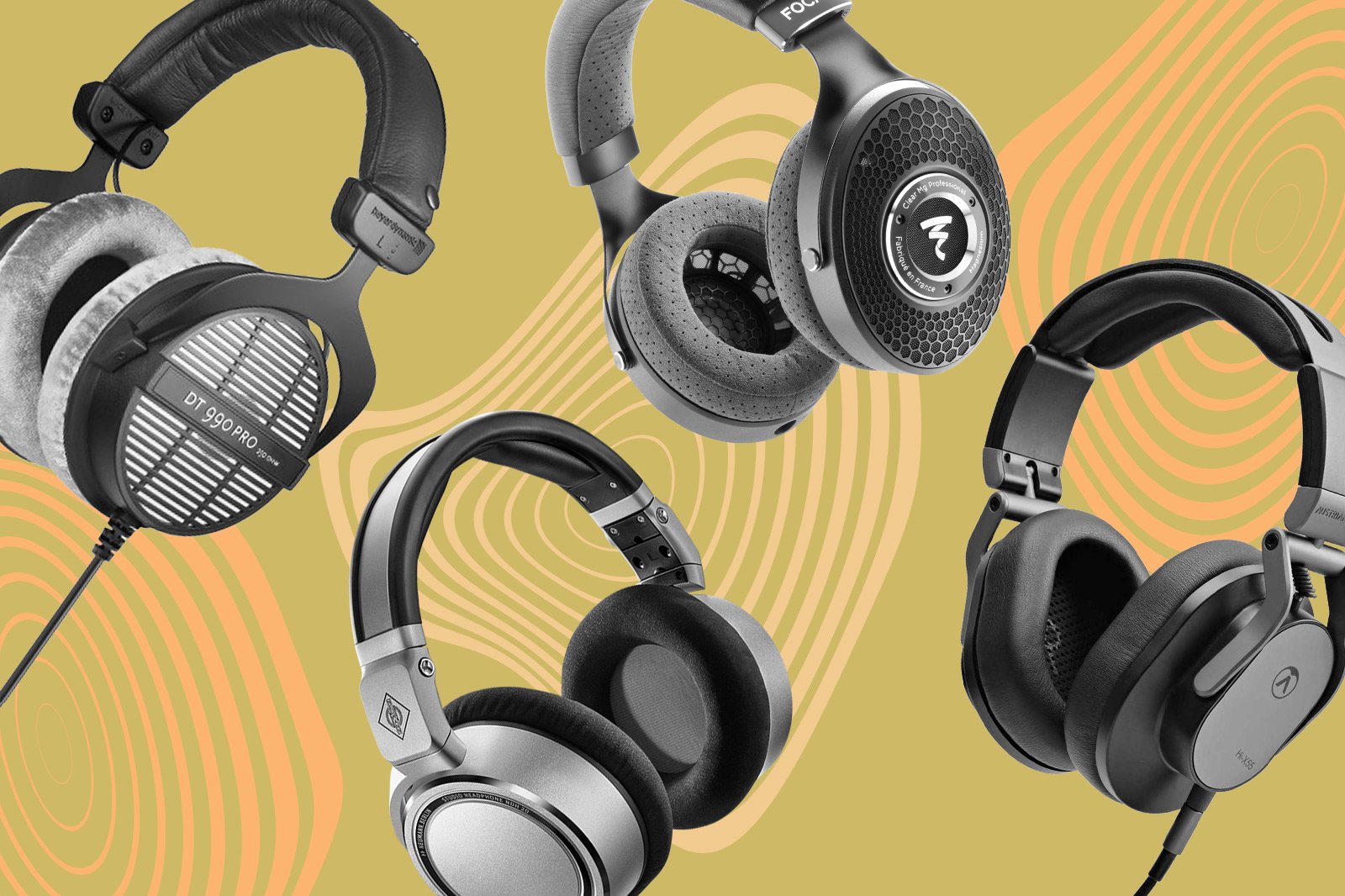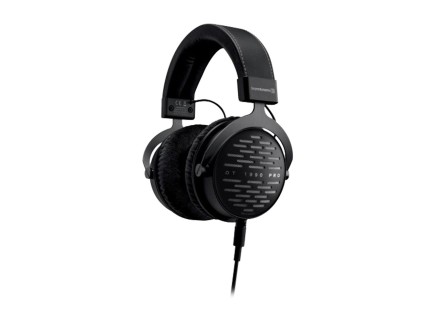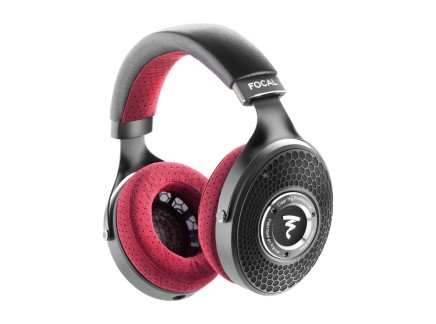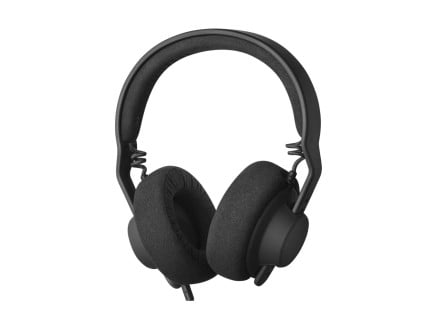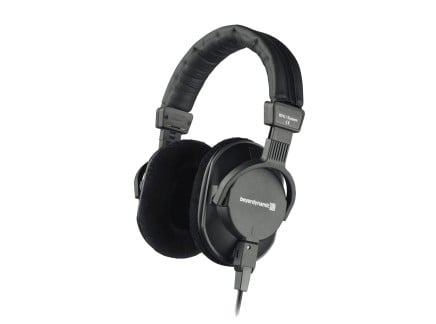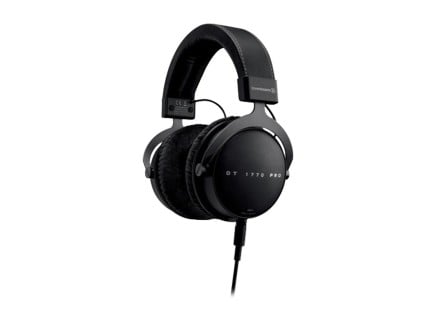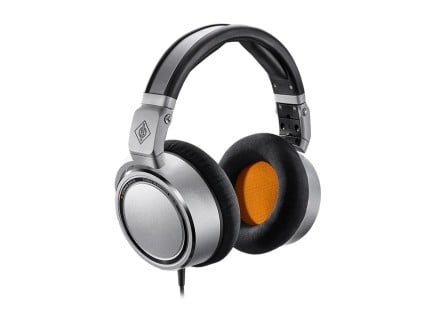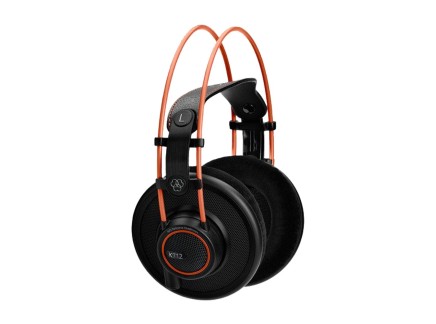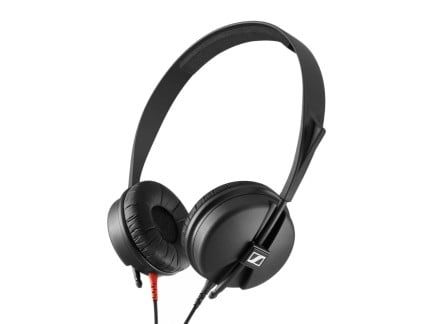If you have been shopping around for headphones, you have probably come across these terms somewhere in the product description—open-back headphones and closed-back headphones. An often asked question in this context is, which ones are better? The answer—both and neither. It really depends on what your primary use is going to be.
In this article, we're going to explain the difference between open-back and closed-back headphones, their different use cases, and list some of the best headphones out there in each category. Let’s dive in and understand the difference between the two kinds of headphones.
The Differences Between Open-Back and Closed-Back Headphones
At a glance:
Open-Back Headphones
- Perforated housing
- More accurate sound representation
- Great for mixing and mastering
- Not ideal for noisy environments
- Not ideal for use in quiet shared spaces (don't use these in the public library!)
Closed-Back Headphones
- Sealed housing
- Low-frequency buildup
- Great for everyday listening in noisy environments
- Great for recording/tracking purposes
- Not as ideal for critical listening
The Detailed Explanation
The difference between open and closed-back headphones lies in the build, particularly, the encasing of the headphone. Inside your headphones is a small audio driver that vibrates to produce sound. In open-back designs, the ear cans have small perforations in them. The audio driver is not completely sealed, which allows it to move more freely. As a result, there is less buildup of low frequencies, which means you can get a more accurate sound representation.
In other words, when casually listening, you hear a song as the artist intended it to be heard when they were making it in their studio. And when you're mixing or mastering, you'll generally hear a much more accurate approximation of how your mix sounds in general. For that reason, open-back headphones are great for critical listening, such as when mixing or mastering a song. In fact, if you don’t have access to a treated room, you are often better off mixing on a pair of good quality open-back headphones for better translation across different listening devices.
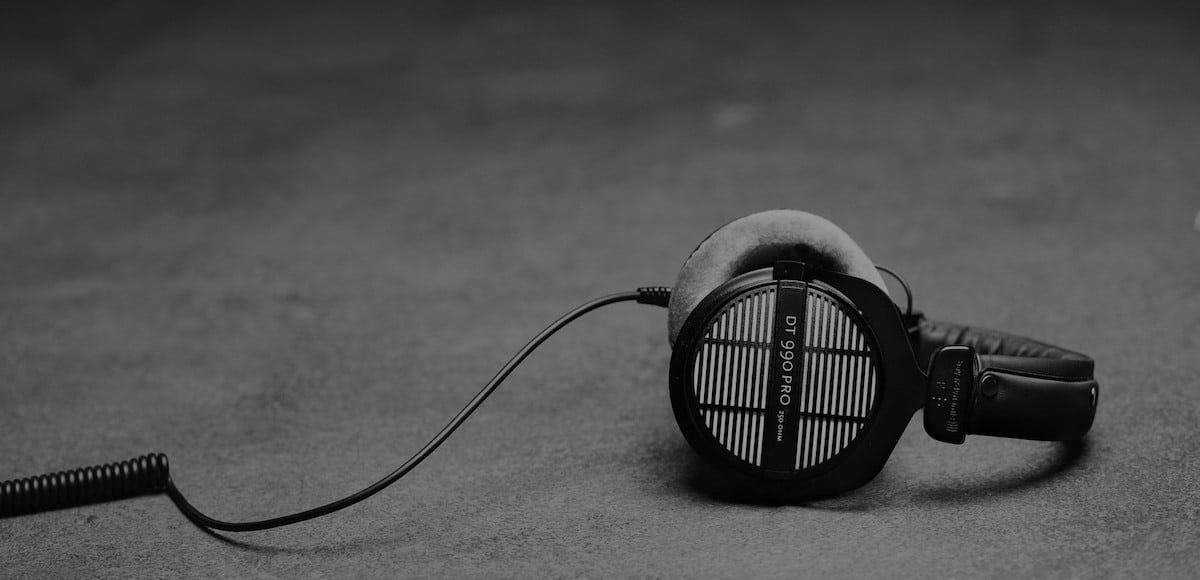
Closed-back headphones, on the other hand, don’t have a perforated housing. Instead, the ear cups are completely sealed at the back, which means restricted movement for the audio driver. This can often lead to build-up of low frequencies. This is also one of the reasons why most consumer-grade headphones have a very warm sound. As such, most closed-back headphones usually aren't a first choice for professional mixing or mastering purposes.
On the plus side, the completely sealed design means less sound leakage, and less interference from outside sounds. In fact, noise-canceling headphones have a closed-back design. That makes closed-back headphones great for everyday listening. Since they restrict sounds from outside, they are great for listening on commutes and noisy places, even airplanes. They also work great as monitoring devices when recording instruments in the studio—as they have minimal sound leakage into the environment. Open-back headphones, on the other hand, aren’t great for noisy environments. You will get a lot of ambient noise leaking into your ears; and if you use them when tracking in a studio, the headphone mix will bleed into nearby microphones.
Semi-Open Headphones: The Middle Ground
Semi-open headphones aim to get the best of both worlds, at least in theory. As the name suggests, they don’t have completely open housing. There is some sort of restriction placed around the driver. As a result, there is some low-frequency buildup, but not as much as a closed-back headphone. And there is some sound leakage, but not as much as an open-back design.
The efficacy of semi-open headphones is a raging debate among audiophiles, with different implementations working better or worse than others for different applications. There doesn’t seem to be any common verdict on the usefulness of the semi-open design.
Best Open-Back Headphones
1. Beyeredynamic DT 990 Pro
One of the most popular open-back headphones in the market, you will find them in most studios around the world. At less than $200, they give amazing bang for your buck. Extremely comfortable on your ears even after long listening sessions, Beyerdynamic DT-990 Pro has an adjustable headband, replaceable earpads, and coiled cable for durability. The bass and treble frequencies are slightly boosted. But once you get used to them, they make a great pair for mixing when you don’t have access to a treated room.
There is also Beyerdynamic's DT 900 Pro X, which is built on the same open-back design with an upgraded set of drivers. It is about $100 more expensive than the DT 990.
Technical specs:
- 250 ohm impedance
- Frequency response: 5Hz to 35kHz
2. AKG K-612 Pro
AKG’s open-back pair stands out for its patented Varimotion Diaphragm design. It allows an extended bass response while circumventing low-frequency buildup issues.
You get accurate monitoring and a wide soundstage, making them a great bet for your mixing sessions. Much like the DT 990, they have an adjustable headband and are comfortable on the ears.
Technical specs:
- 120 ohm impedance
- Frequency response: 12Hz to 39.5kHz
3. Beyerdynamic DT 1990 Pro
The successor to DT 1770, the 1990 Pro comes with two pairs of earpads. One pair boosts the lows slightly, if you prefer a deeper bass response. The other pair is more suitable for a flat response and slightly more forward mids.
Build-wise, they are lightweight, come with memory foam in ear pads, and feature a circumaural design. They sit snugly around the ears, which makes them comfortable for long hours of use.
Technical specs:
- 250 ohm impedance
- Frequency response: 5Hz to 40kHz
4. Focal Clear MG Pro
If you are looking for extremely precise tonal representation and you have the money for it, Focal Clear MG Pro should be right up there in your top 5 list. Despite their moving coil design, they have a rich bass response. The magnesium dome for the driver extends the treble response and allows more clarity in the upper mids.
The soft cushions aid the snug fit of the pair. They are comfortable for longer listening sessions. Unlike the Beyerdynamic DT 990, Clear MG has a detachable cable, which makes them slightly more portable.
Technical specs:
- 40-mm drivers with M-shaped domes
- 55 ohm impedance
- Frequency response: 5Hz to 28kHz
Best Closed-Back Headphones
1. AIAIAI TMA-2 Studio
These are the brand’s flagship over-ear headphones. They feature speaker diaphragms made from biocellulose. The biomaterial allows for exceptional clarity even at high volumes. Most other headphones start to distort a little when you push the volume beyond a certain threshold.
AIAIAI TMA-2 are also modular in their build. You can replace the headband, the ear pads, or even the diaphragm.
There is a wireless version, too, with Bluetooth 5 technology and a 40-hour runtime.
Technical specs:
- 40-mm drivers
- 32 ohm impedance
- Frequency response: 10Hz to 40kHz
2. Beyerdynamic DT 250
If you are looking for headphones that strike the balance between everyday listening and critical listening, Beyerdynamic DT 250 are the perfect pair. Despite their closed-back design, they don’t have the boxiness typically associated with sealed enclosures. In fact, the sound representation is accurate enough to make them suitable as secondary reference monitors when mixing, at least in the initial stages.
Like their open-back designs, these, too, are lightweight and comfortable on your ears.
Technical specs:
3. Beyerdynamic DT 1770
Unlike the 1990, DT 1770 Pro by Beyerdynamic has a closed-back design. They might not be the best headphones for your mixing sessions. But the noise attenuation, together with the tonal temperament makes them great for monitoring purposes, especially in live scenarios. The frequency response follows the smiley curve, meaning the lows and highs are slightly boosted.
Much like DT 1990, these come with two pairs of earpads for two slightly different sound representations.
Technical specs:
- Impedance: 250 ohm
- Frequency response: 5Hz to 40kHz
4. Neumann NDH20
Neumann is a well-known brand for its microphones. Its foray into headphones has been equally impressive. The NDH20 does not boast of any frequency boosts that give you a full-bodied bass or those exciting highs. But that is on purpose. These headphones are designed for your recording sessions. The relatively flat frequency response and impressive noise isolation translates to great studio monitoring. The NDH20 is particularly great at ponting at any issues in the low-mid range. And we all know all problems can build up quickly in that region.
Technical specs:
- 38mm drivers
- Impedance: 150 ohm
- Frequency response: 5Hz to 30kHz
The Takeaway
When shopping for headphones, be clear about their primary use. If you are looking for a pair for your everyday commute, even a Sennheiser HD25 Light can work great. But if you are also going to use them in the studio for recording, pick a closed-back pair such as the AIAIAI TMA 2. And for mixing in your bedroom, almost always pick an open-back pair. The Beyerdynamic DT 990 Pro is an industry favorite. But there are others, such as AKG K-712 Pro and Shure SRH 1840.

